Try Skillshare today with one-month free membership--click here now!
the 11 Most COMMON REPEAT Patterns
This guide will introduce eleven of the most common repeat patterns. These 11 repeat systems are the actual building blocks of surface pattern design. Establishing a repeat system is one of the essential steps in the pattern designing process.
A repeat (also called a block repeat or tile) is the design element you replicate to create a seamless pattern when you repeat the tile over and over again to fill yards of fabric or paper.
Not all patterns work the same. A surface pattern designer needs to know which design system is best suited for each project to be used to its fullest extent. Explore and experiment with the various arrangements to spark new and exciting ideas. You can change the look of a design just by changing the repeat system.
Full Drop Pattern Repeat (Block RePeat / Straight Repeat)
As one of the most commonly used repeat systems, this is a great place to start if you are new to creating seamless pattern designs. It's also the easiest to execute. Simple motifs and geometric elements work best with this system.
In a full drop repeat pattern, the motif tile is duplicated along horizontal and vertical planes in a basic grid format, like floor tiles.
Square Repeat
- The repeat pattern tile forms a perfect square.
- The simplest of all pattern repeats to create.
Rectangle Repeat
- The repeat pattern tile forms a rectangle.
- A horizontal or vertical rectangle is acceptable.
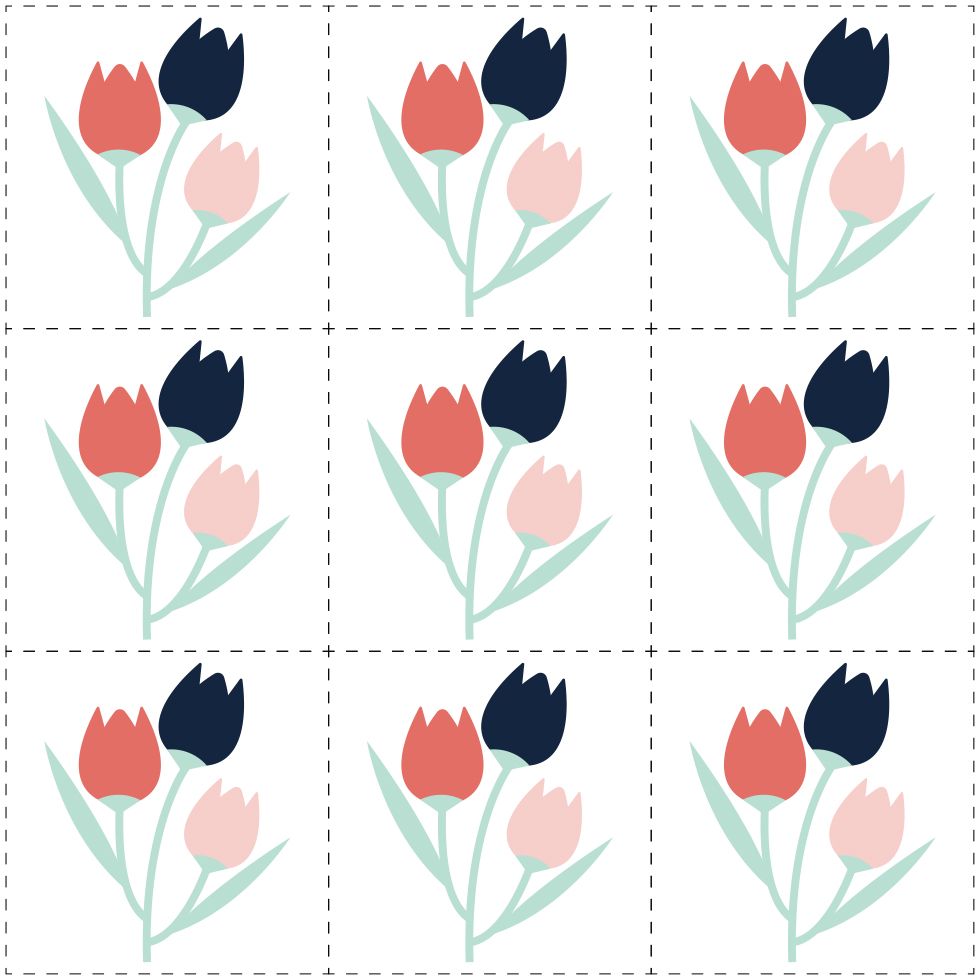
Examples
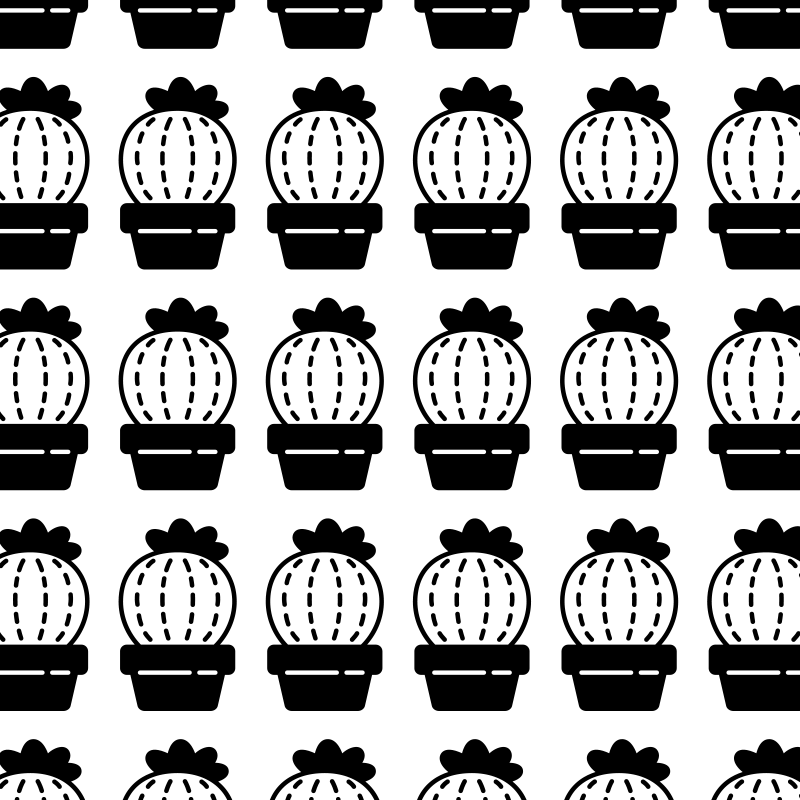
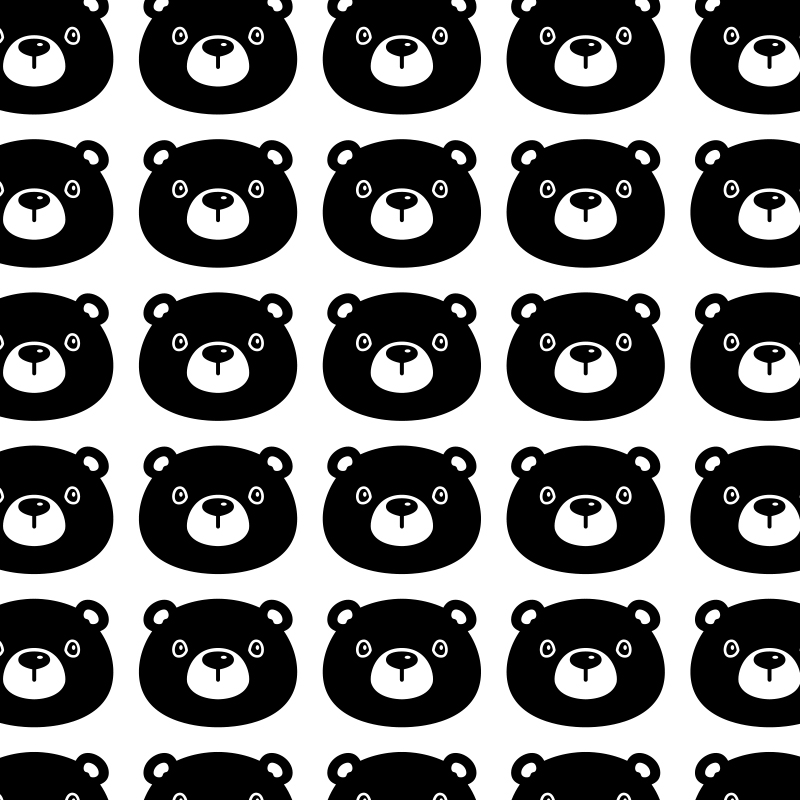
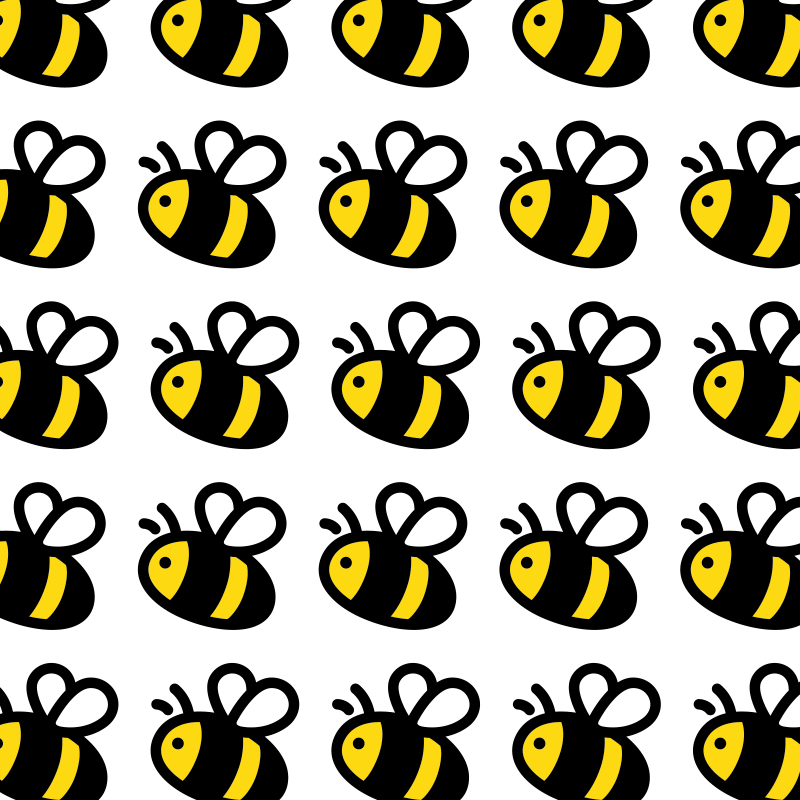
HALF Drop Pattern Repeat
Another commonly used repeat system is the half drop. Half drop repeats are great for concealing where one repeat ends and the next one begins, breaking up the uniform look that a full drop often presents.
With this staggering repeat, you would stack the motif tile in a vertical column, which is then offset (by half the size of the original tile) in the following vertical column.
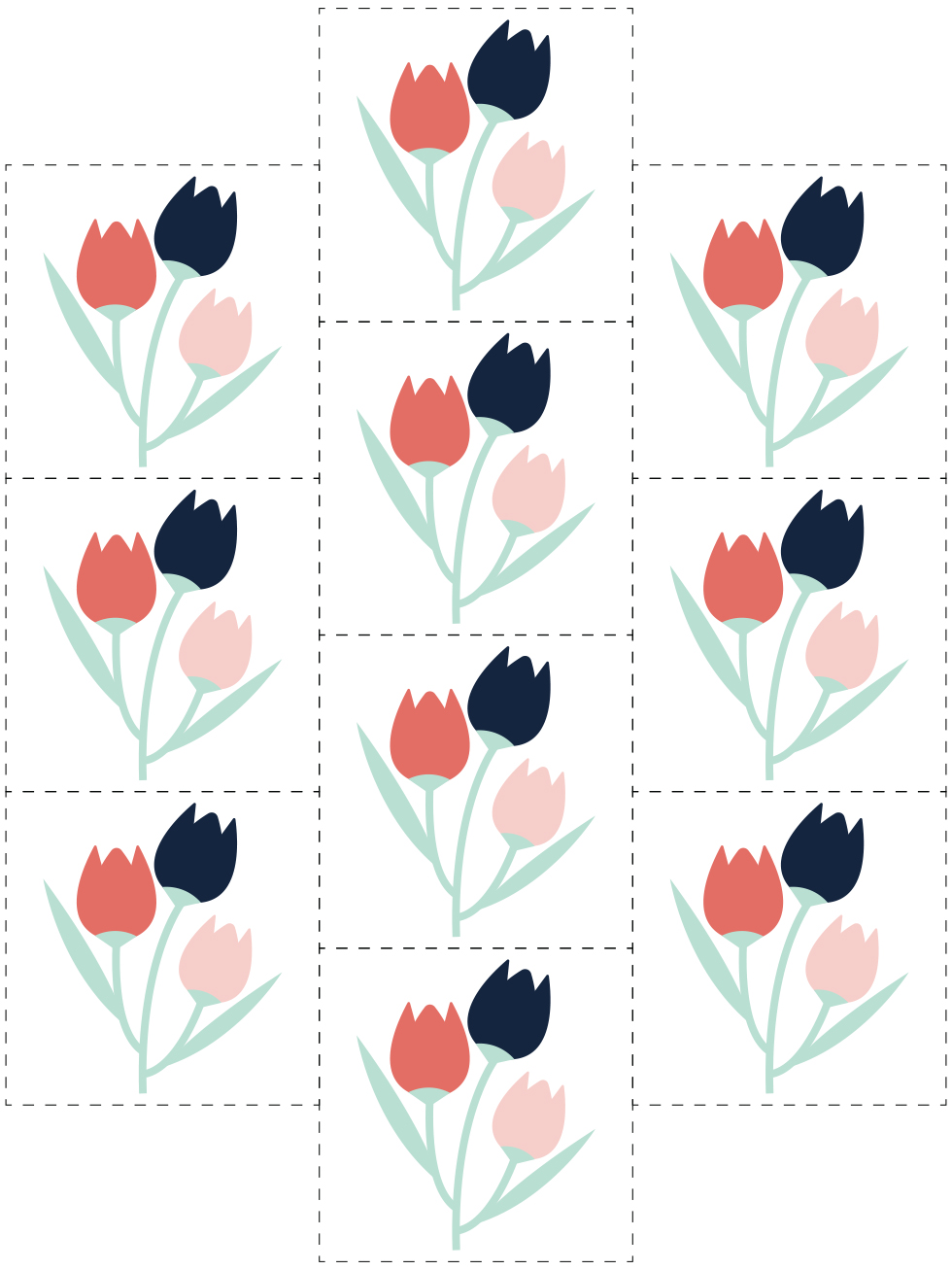
examples
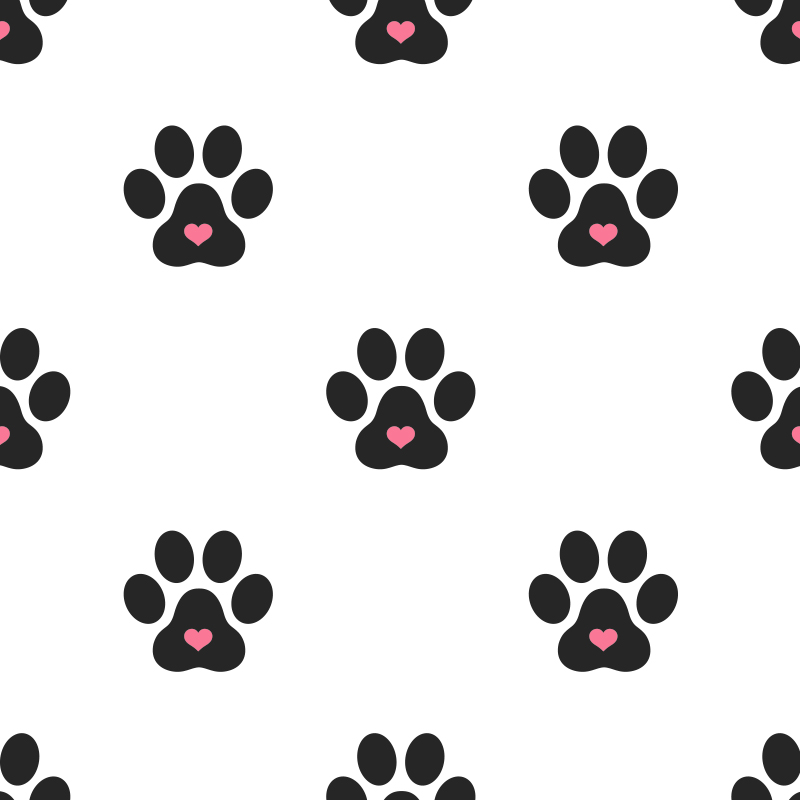

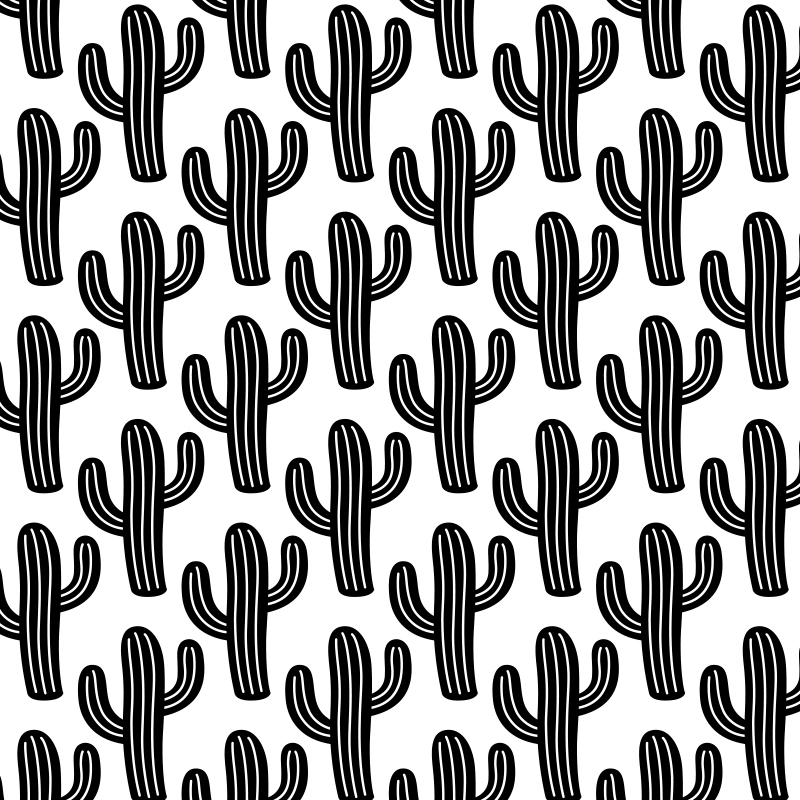
brick PATTERN Repeat
Brick repeats are like half drop repeats; instead of stacking the tile in a vertical column, it is aligned horizontally in a row. The row is then offset (by half the size of the original tile) in the next horizontal row, resembling a brick wall.
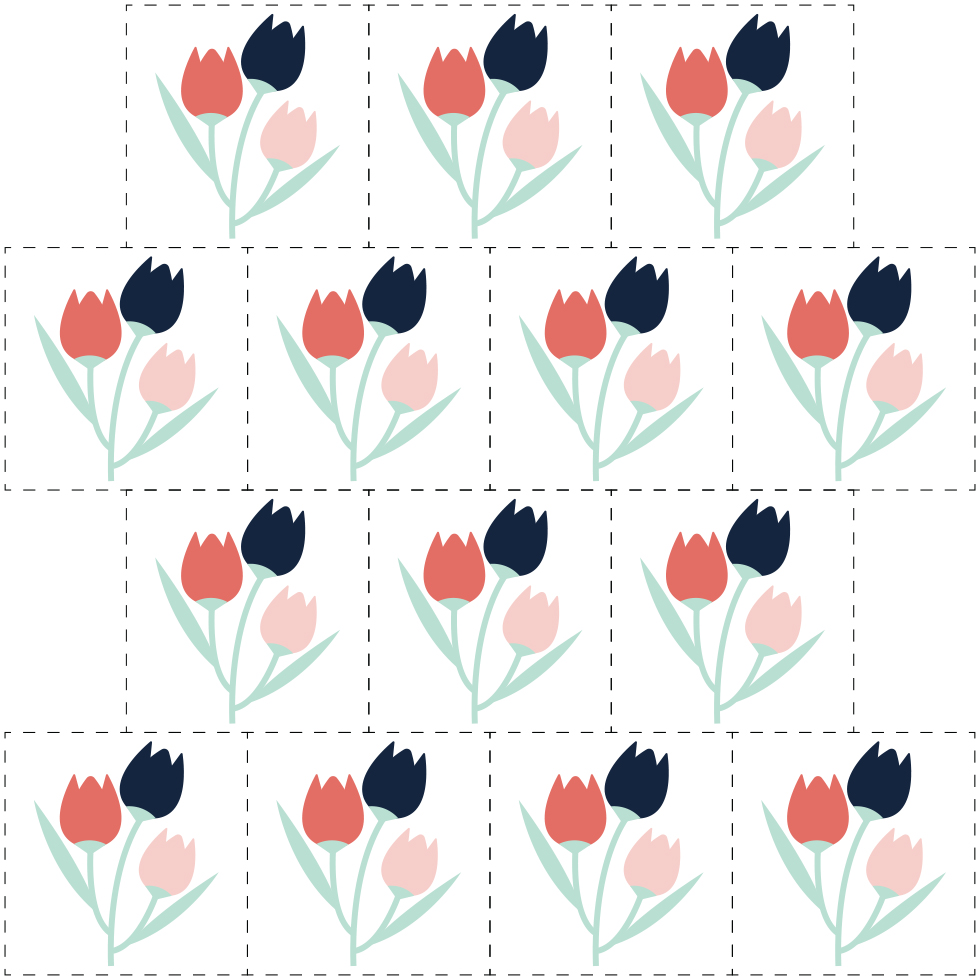
Examples
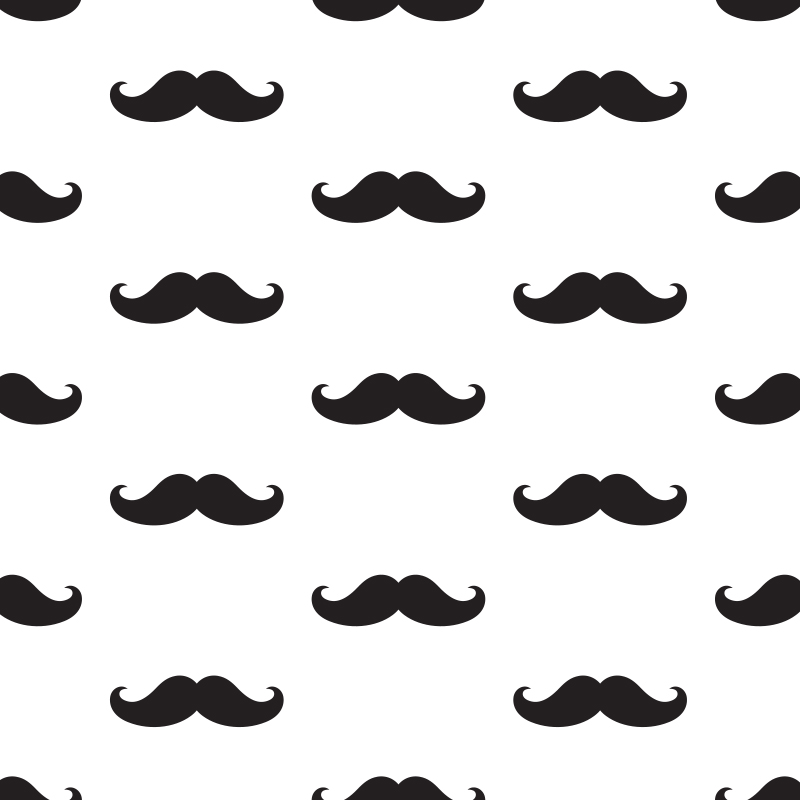
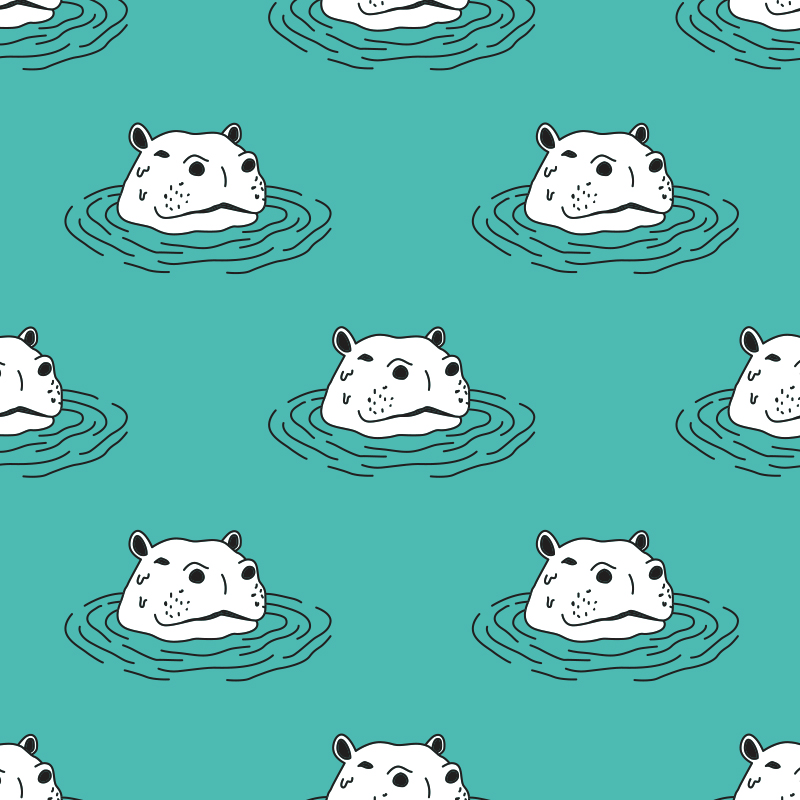
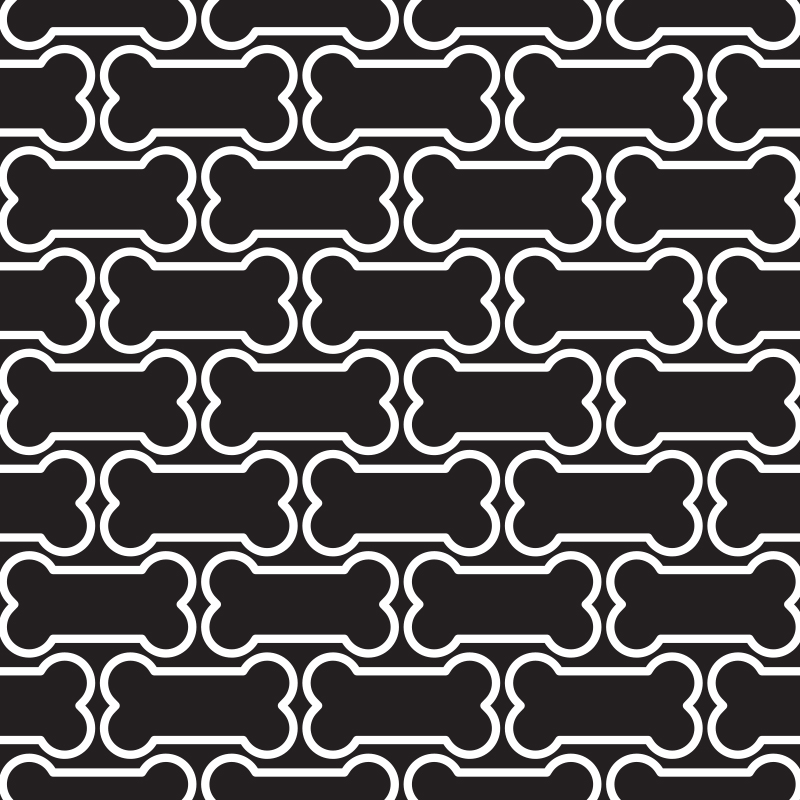
TOSSED / RANDOM PATTERN Repeat
This standard repeat system is prevalent for floral repeating patterns. Imagine tossing a handful of flowers up into the air. When they fall back to the ground, they become scattered. The flowers face in all directions, creating an organic and non-linear arrangement. Placing the design motifs randomly within the tile will form this type of repeat.
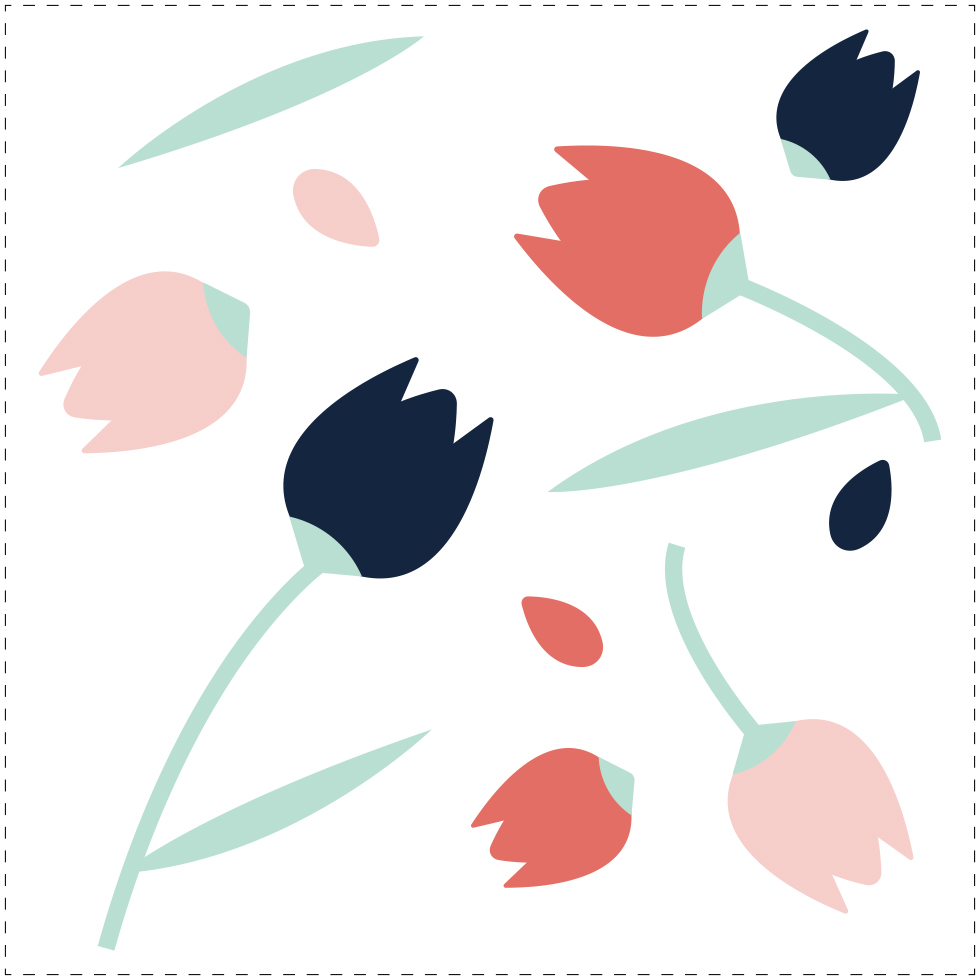
Examples
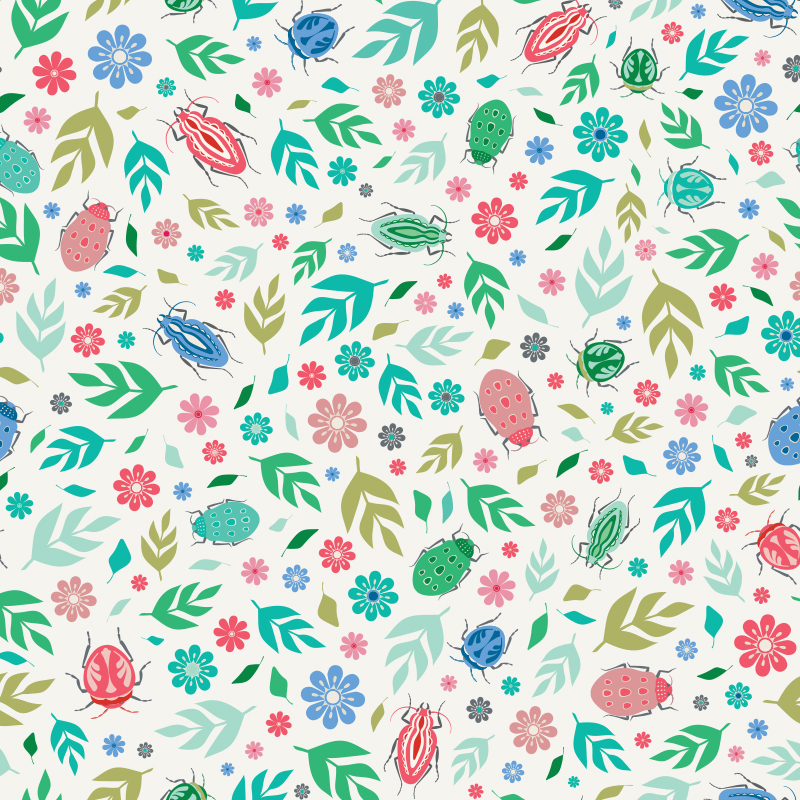
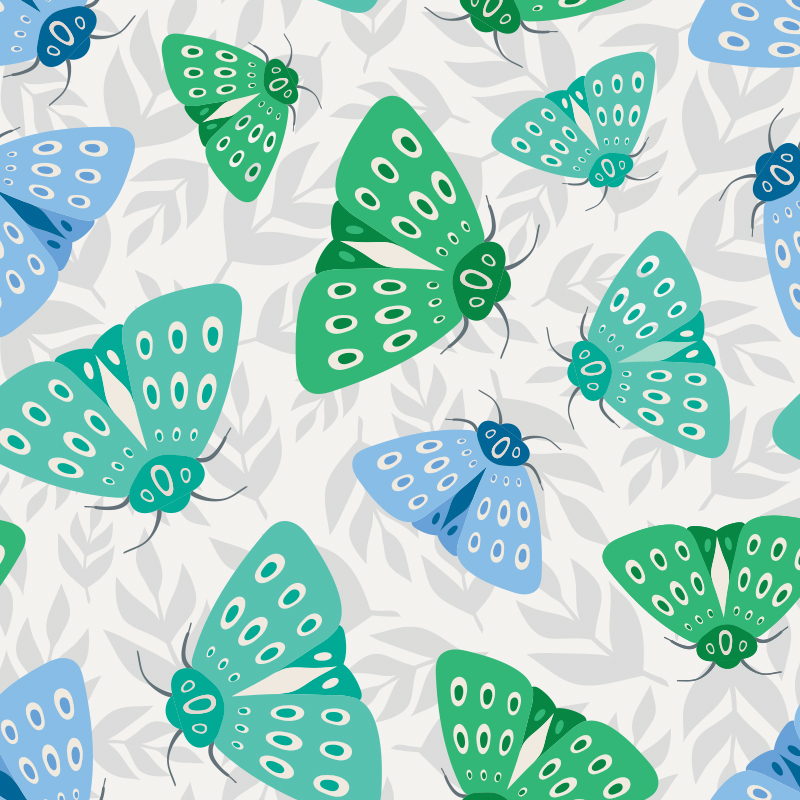
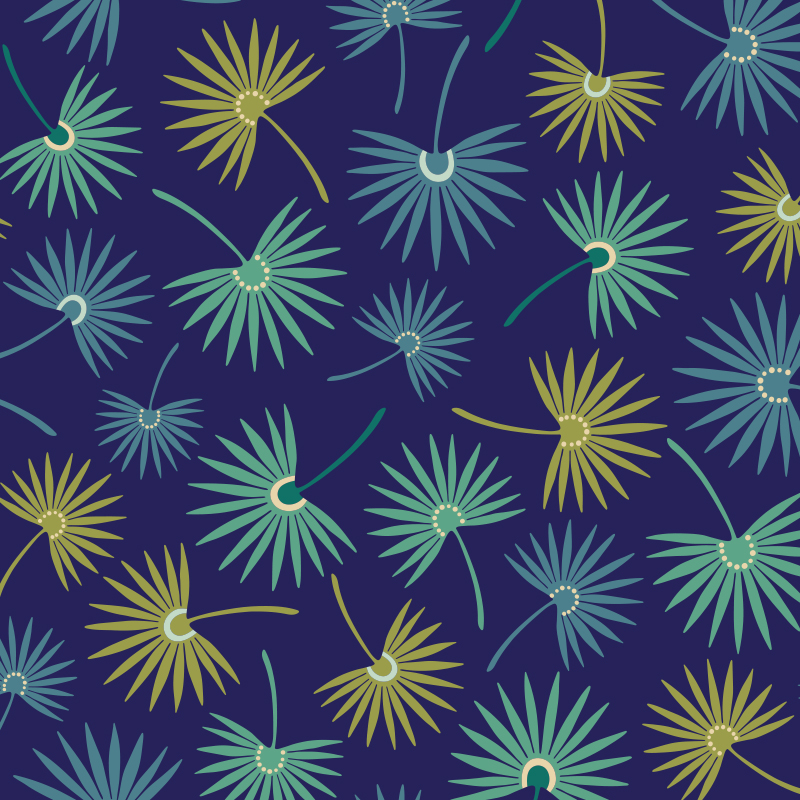
Diamond PATTERN Repeat
This interlocking pattern is simply a repeating diamond shape, resulting in diagonal rows of elements.
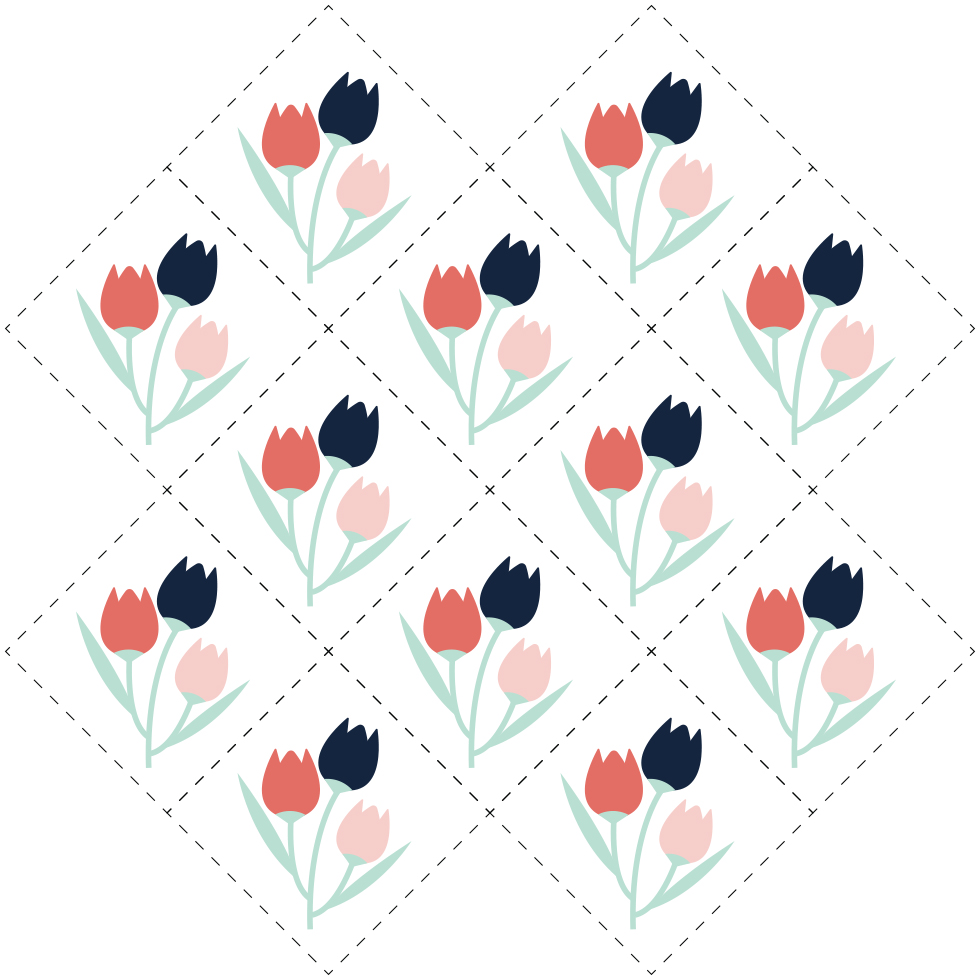
Examples
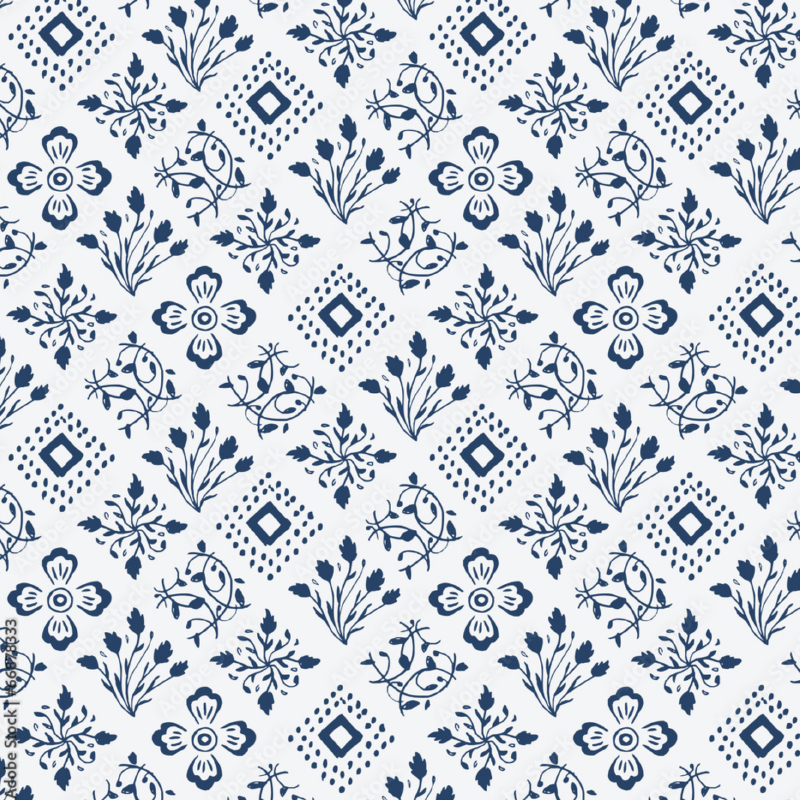
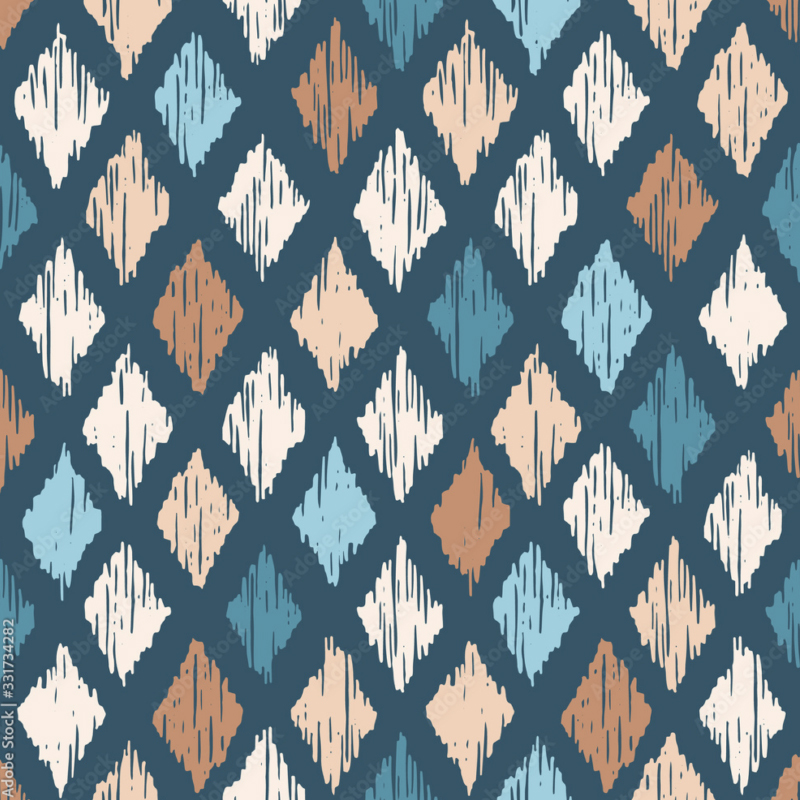
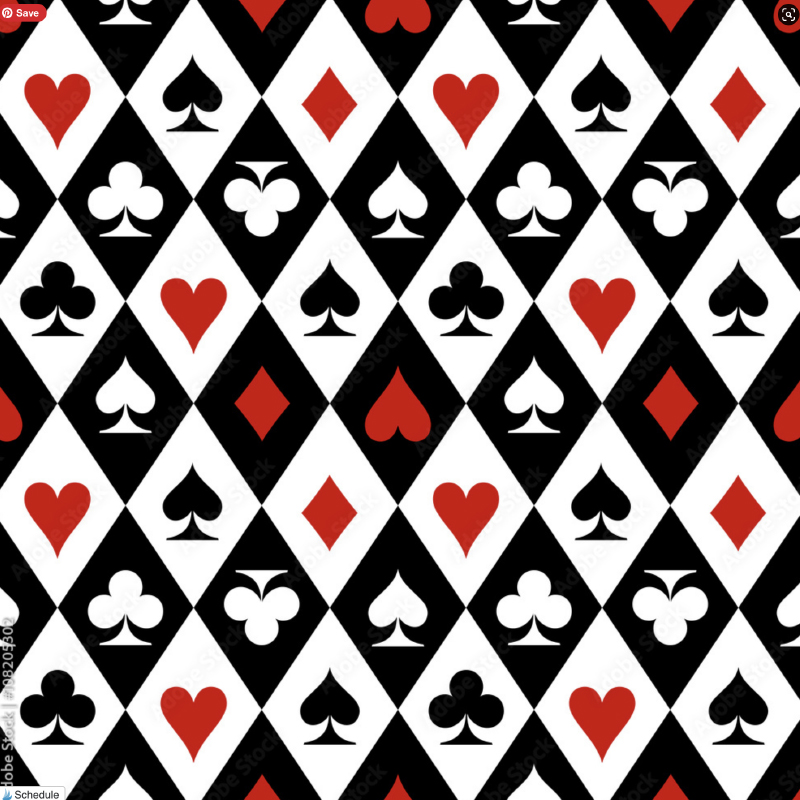
Ogee PATTERN Repeat
Ogee repeats are similar to diamond repeats - except an ogee is more rounded in the middle while squeezed together at the top and bottom, much like an onion. Its traditional shape usually results in an evenly balanced pattern design, with slight diagonal movement in each direction.
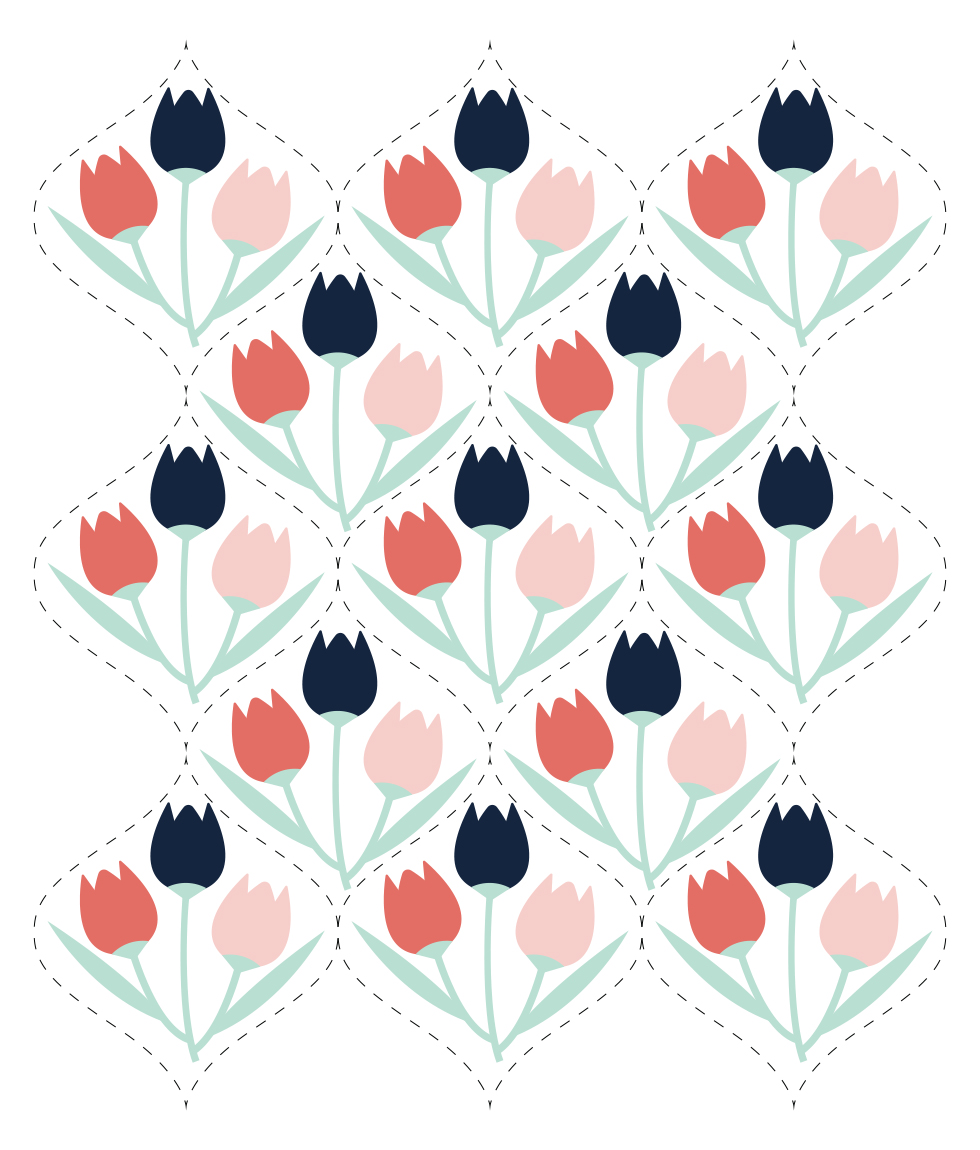
Examples
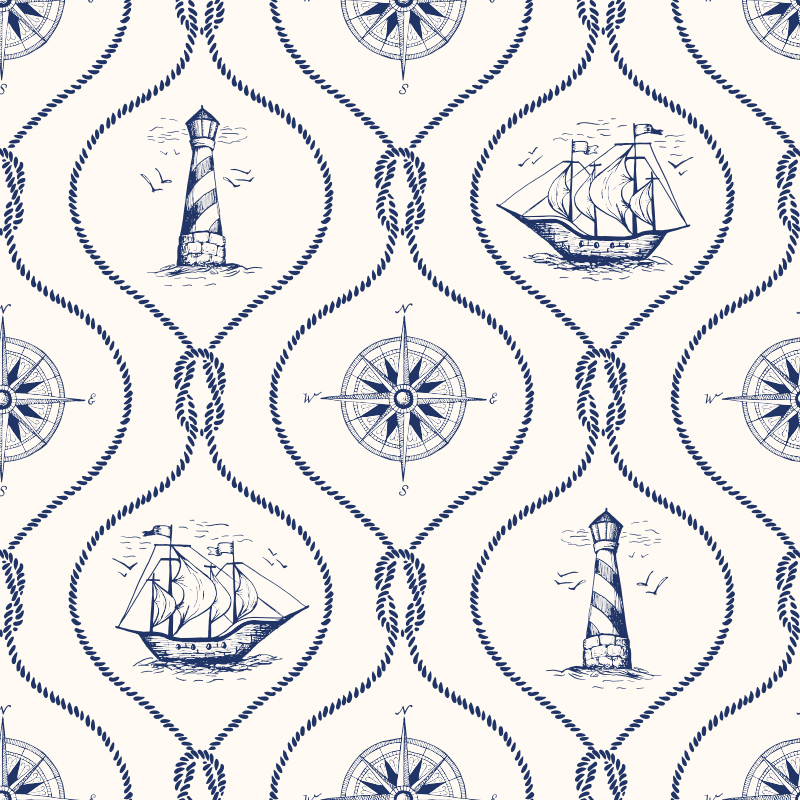
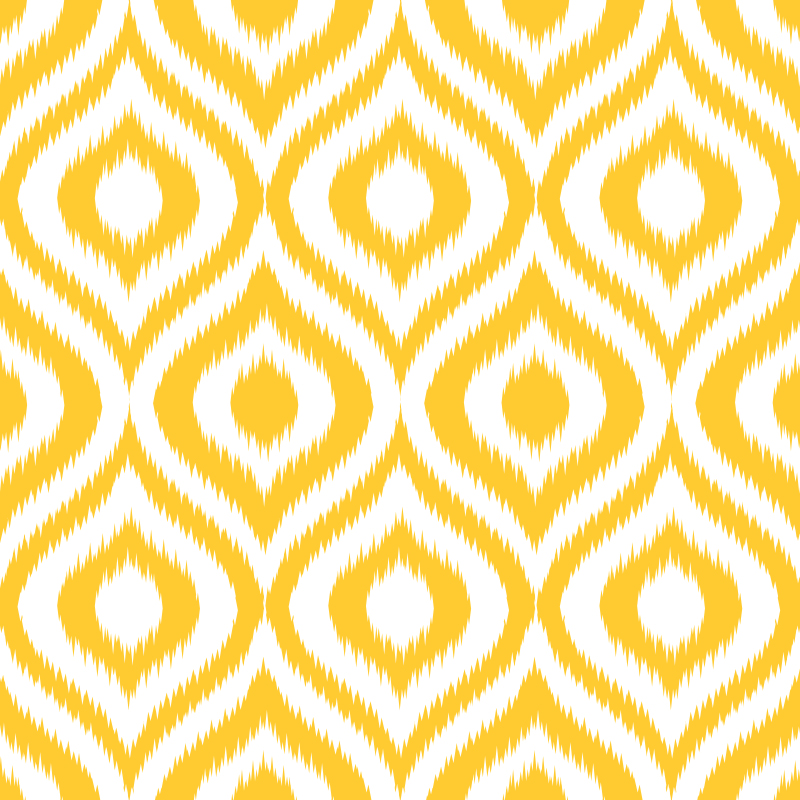
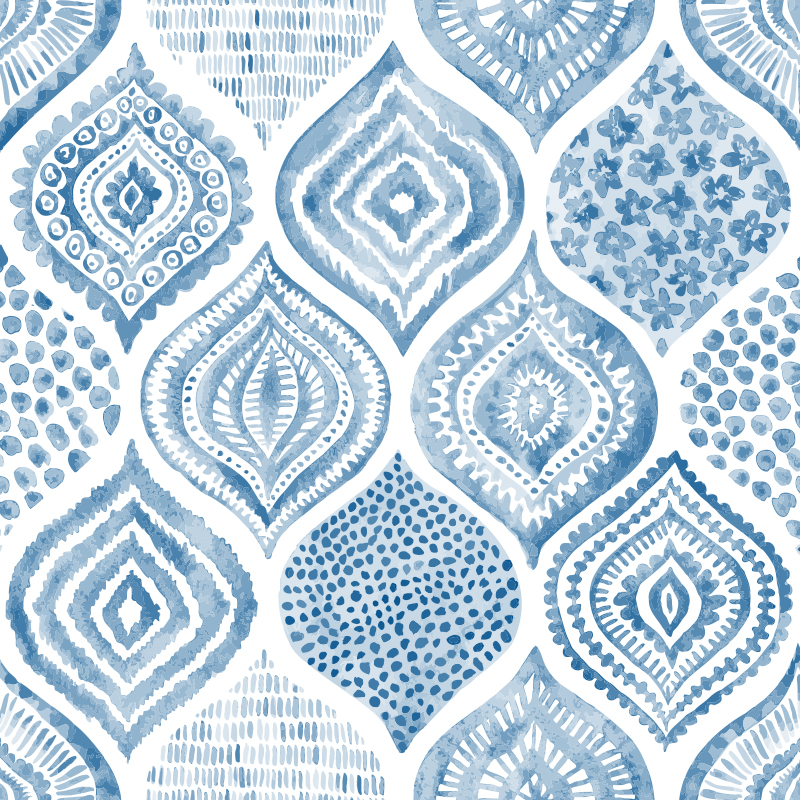
stripe PATTERN Repeat
A Stripe repeat pattern occurs when the motifs or colors repeat in long narrow columns or rows. Diagonal, vertical, or horizontal repeat formats are prevalent in just about every market.
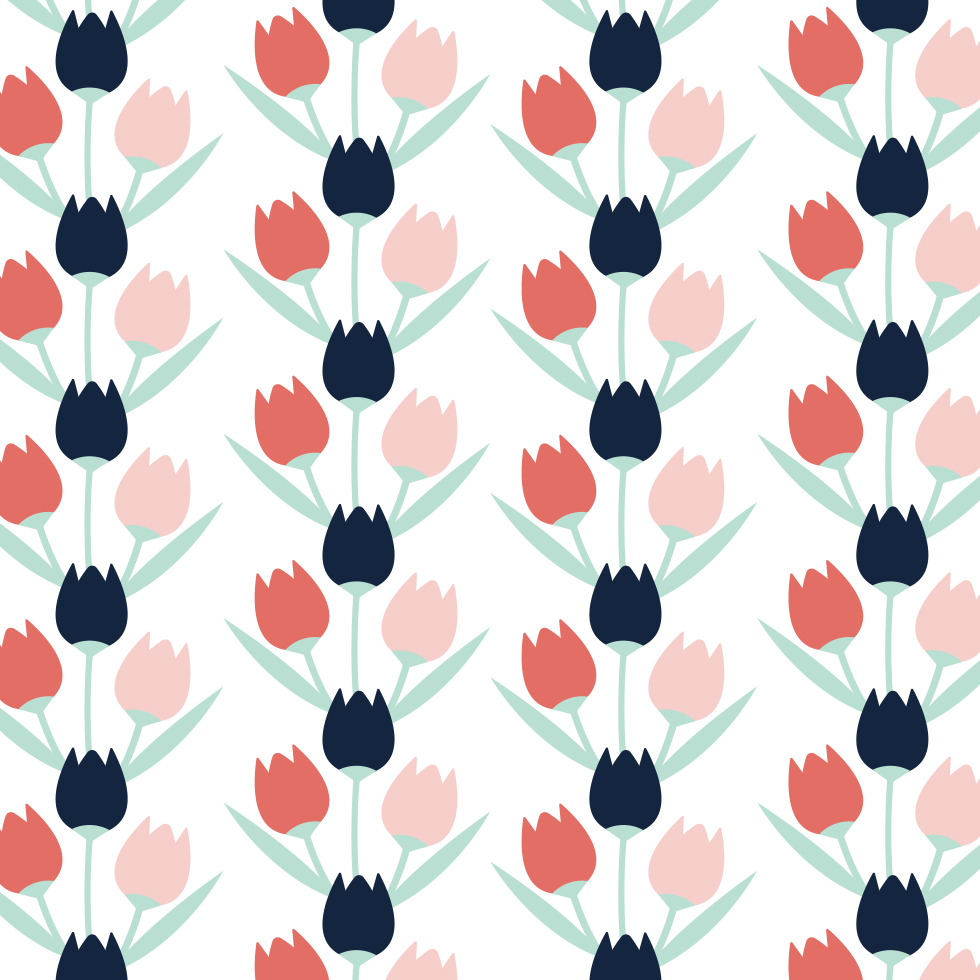
examples
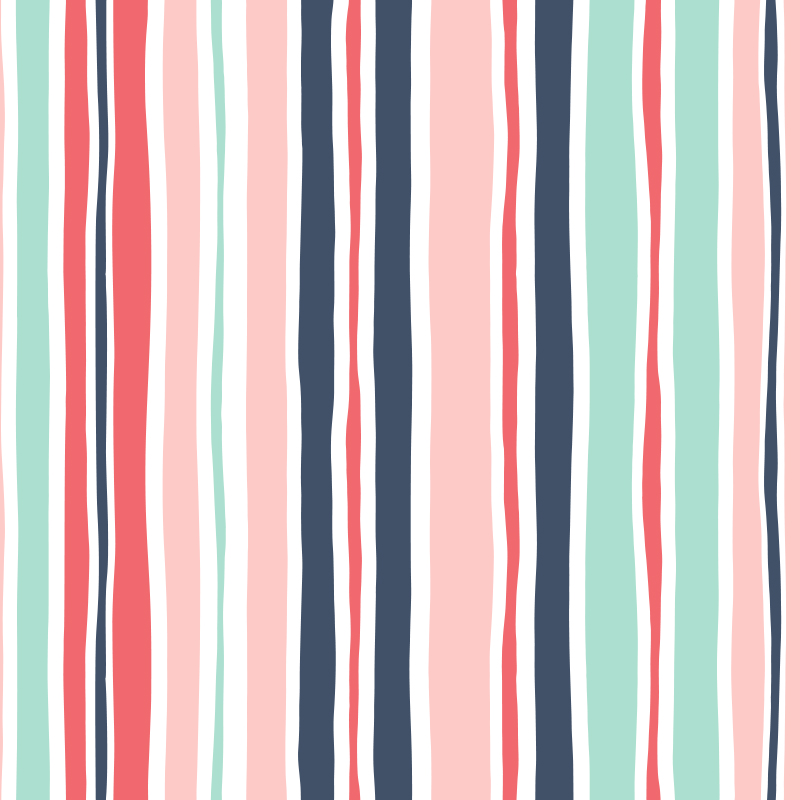
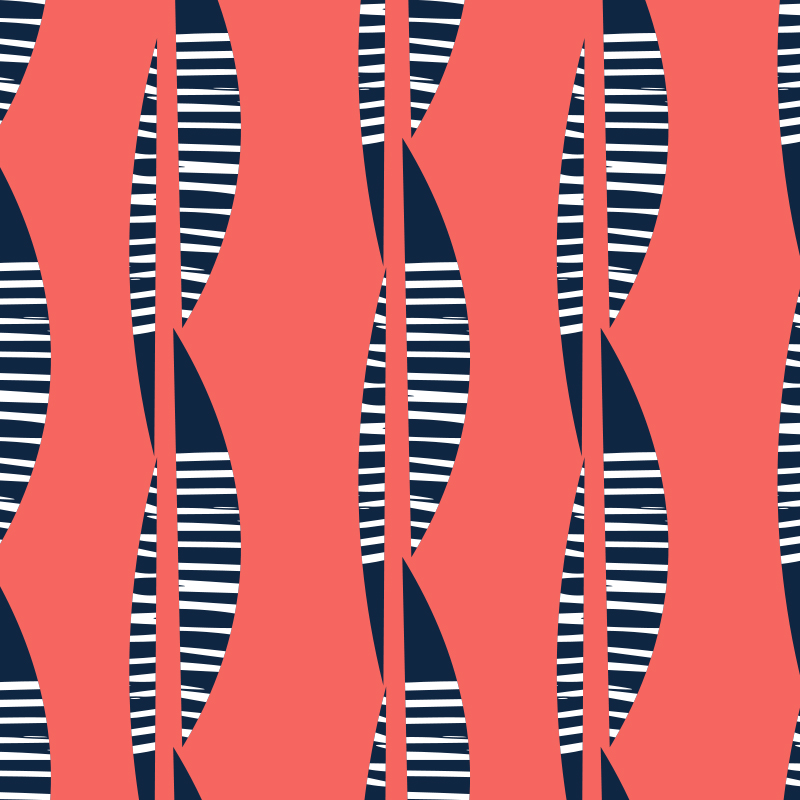
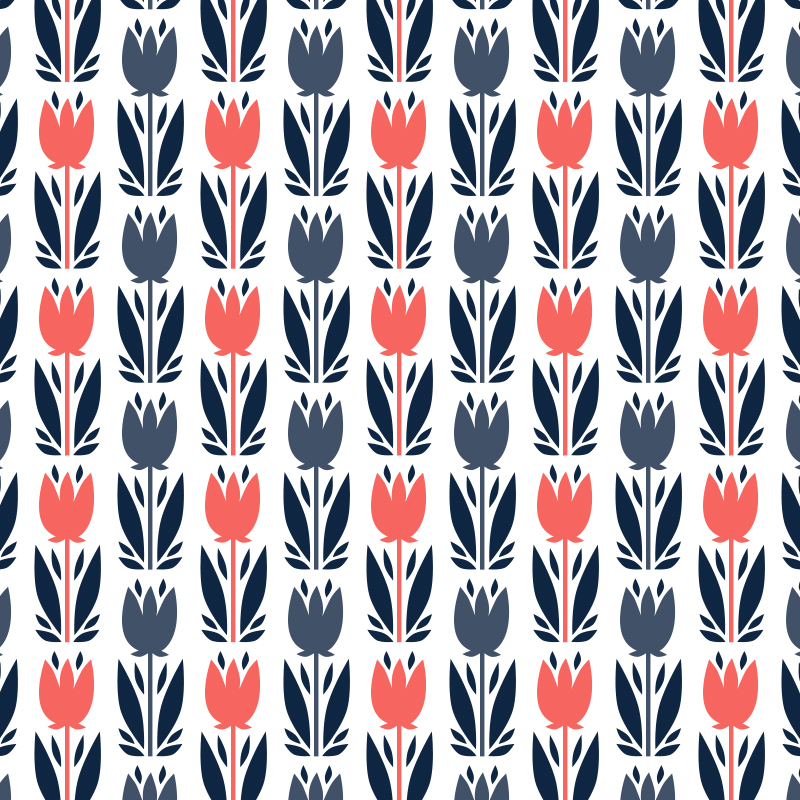
scale PATTERN Repeat
In a scale repeat, the motifs are tightly lined up, then repeated as a half drop, so the motifs peek out from the row beneath it.
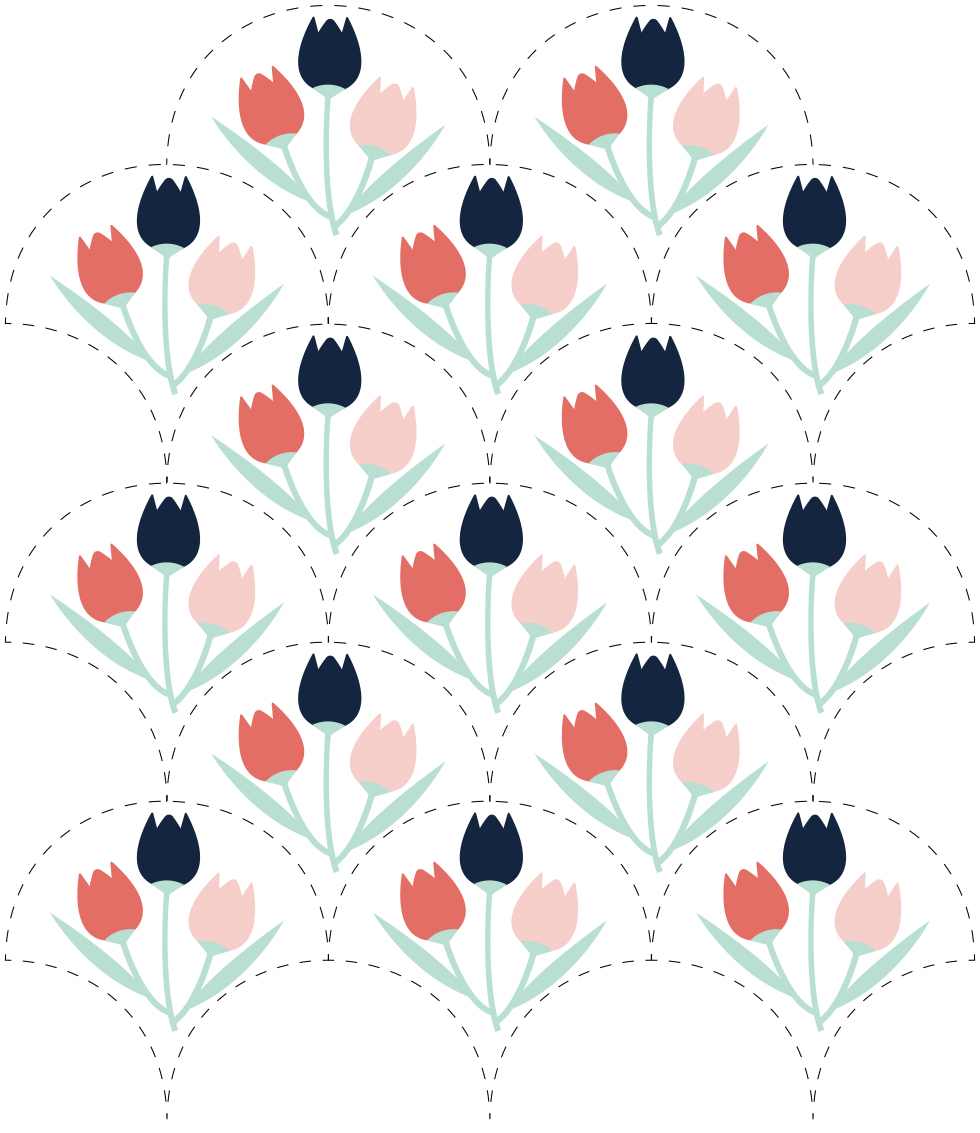
Examples

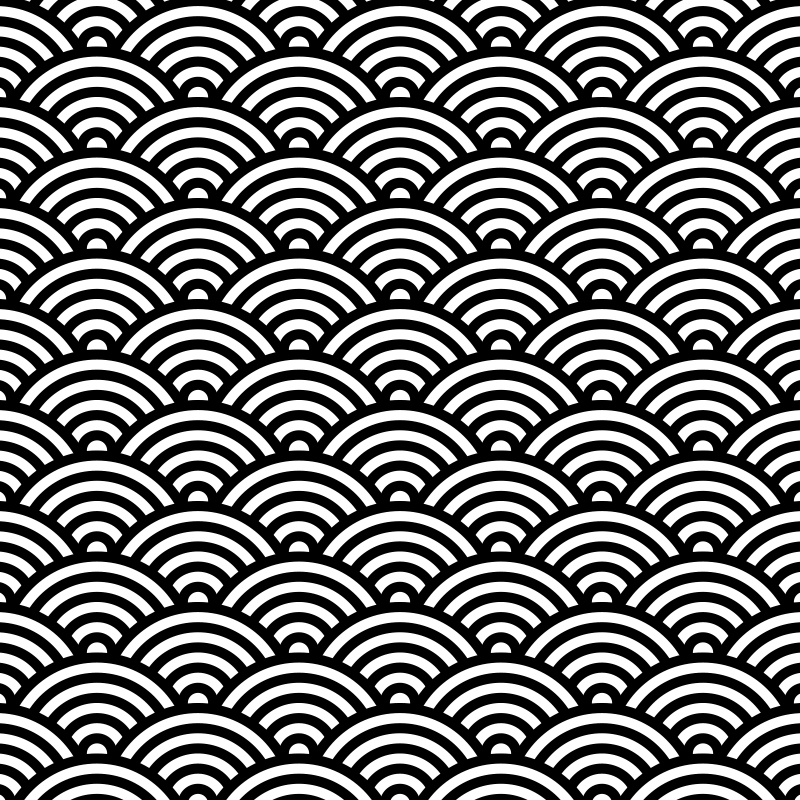
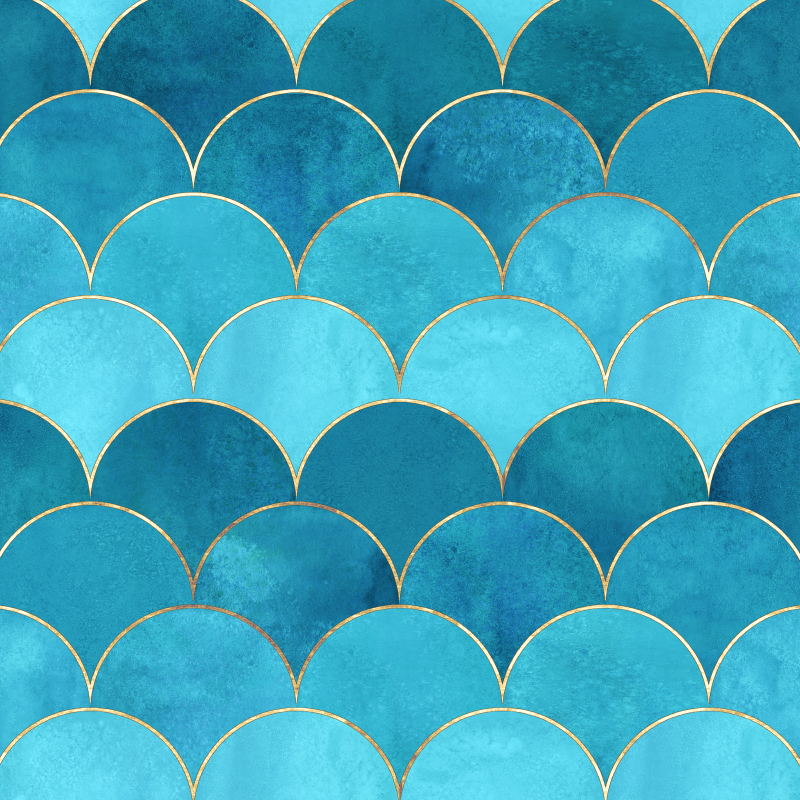
mirror (full drop) PATTERN Repeat
A full drop mirror repeat is created by duplicating and reflecting the original motif vertically. The two motif tiles now form one larger repeat tile, which you then treat as a full drop repeat.
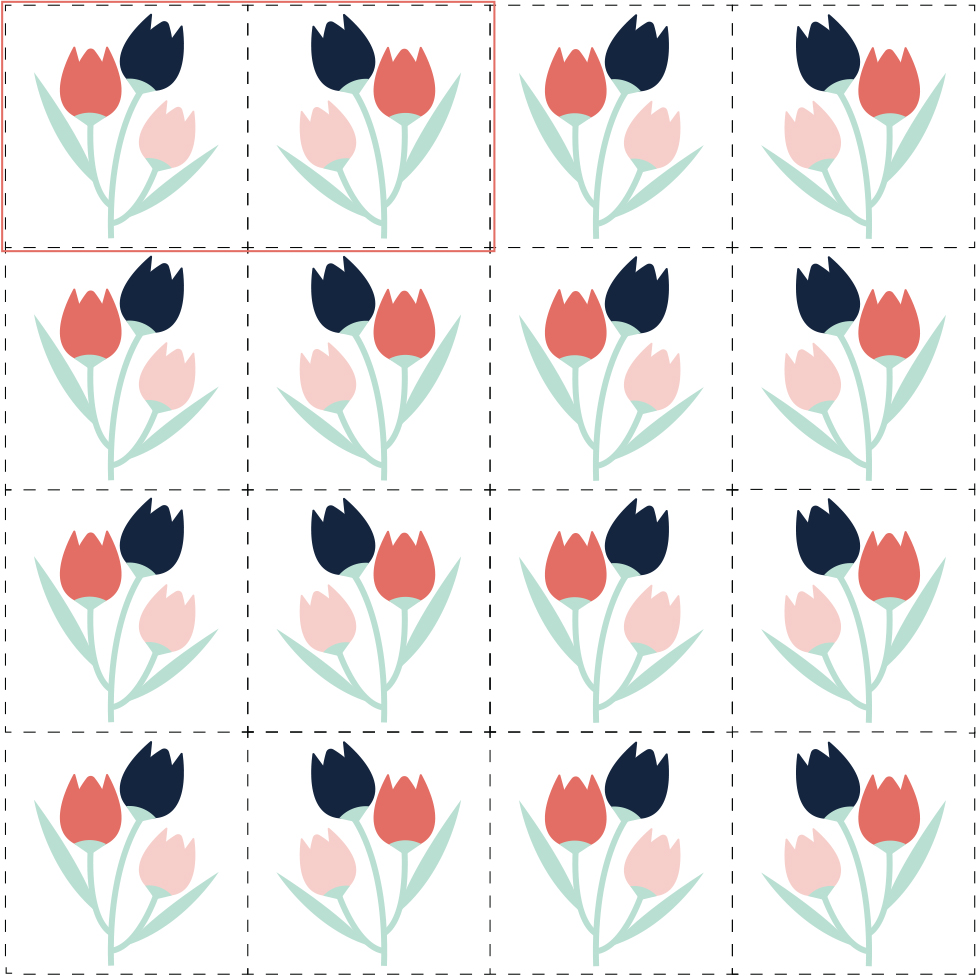
Examples



mirror (half drop) PATTERN Repeat
To create a half drop mirror repeat, stack the motif tile in a vertical column, duplicate and reflect in the following vertical column. You would then offset the second column by half the size of the original motif tile.
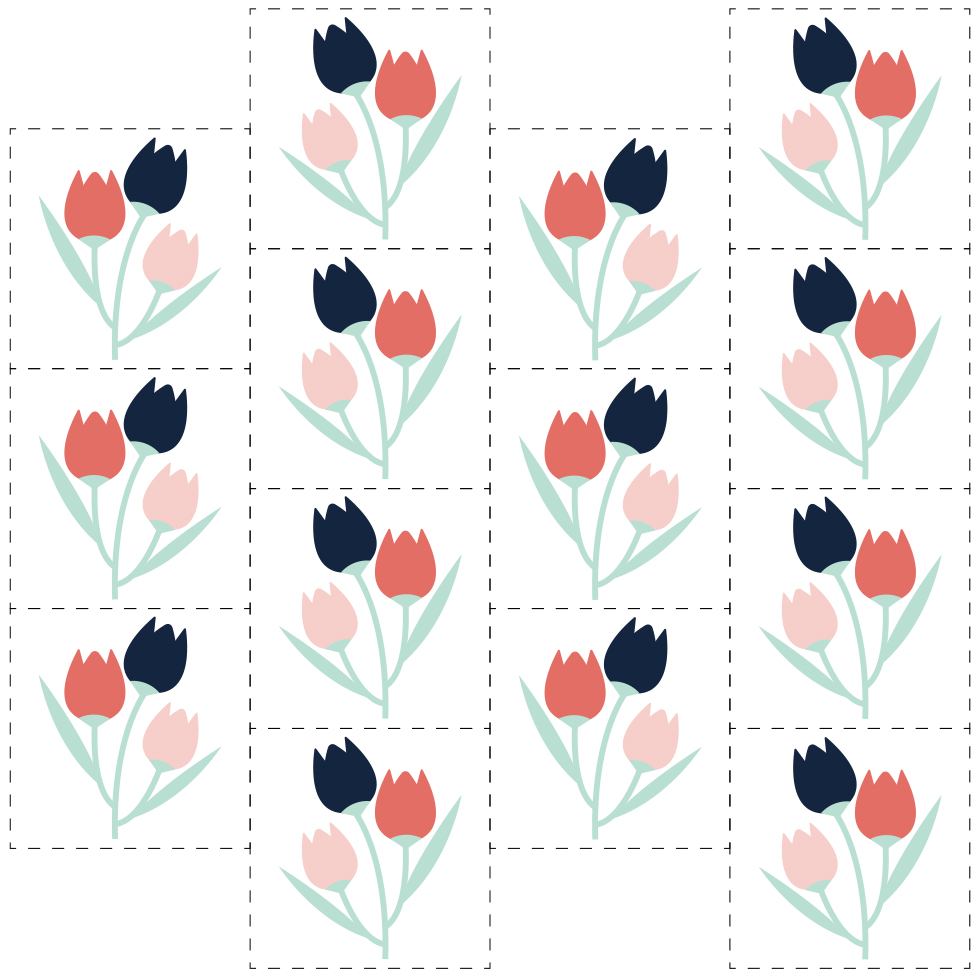
Examples
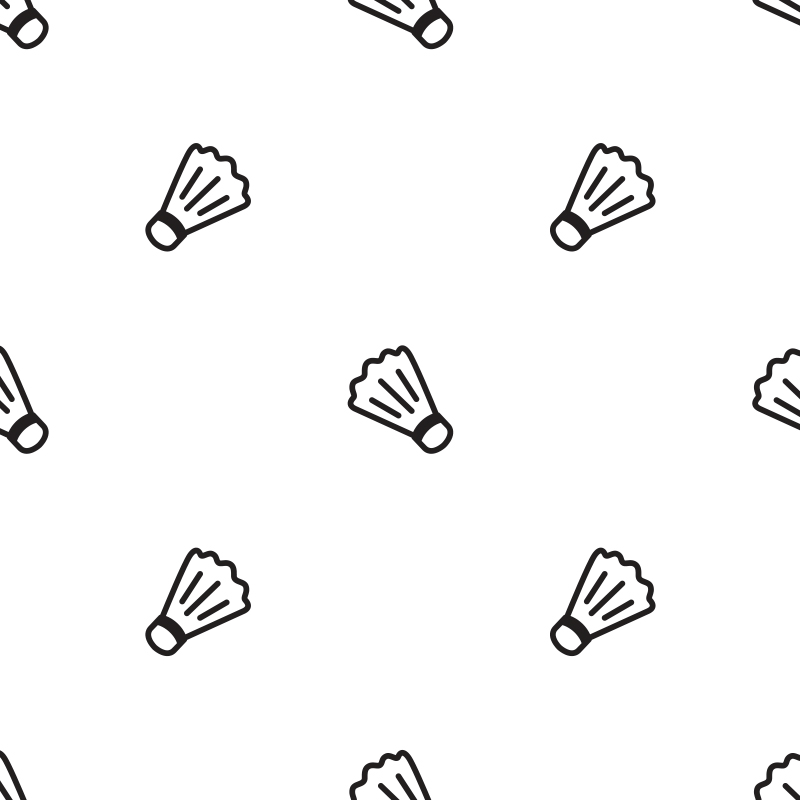
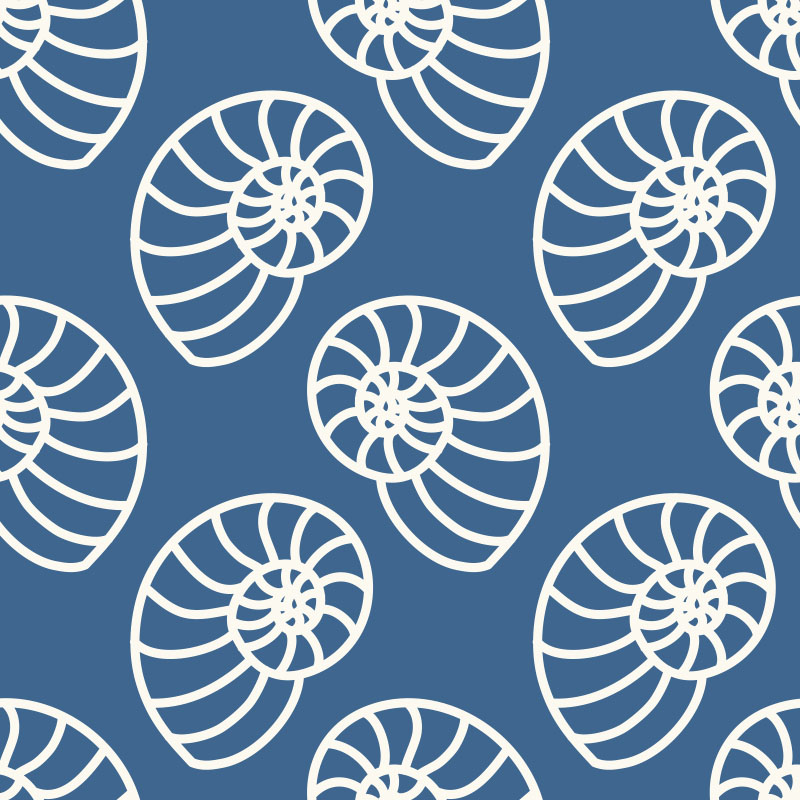
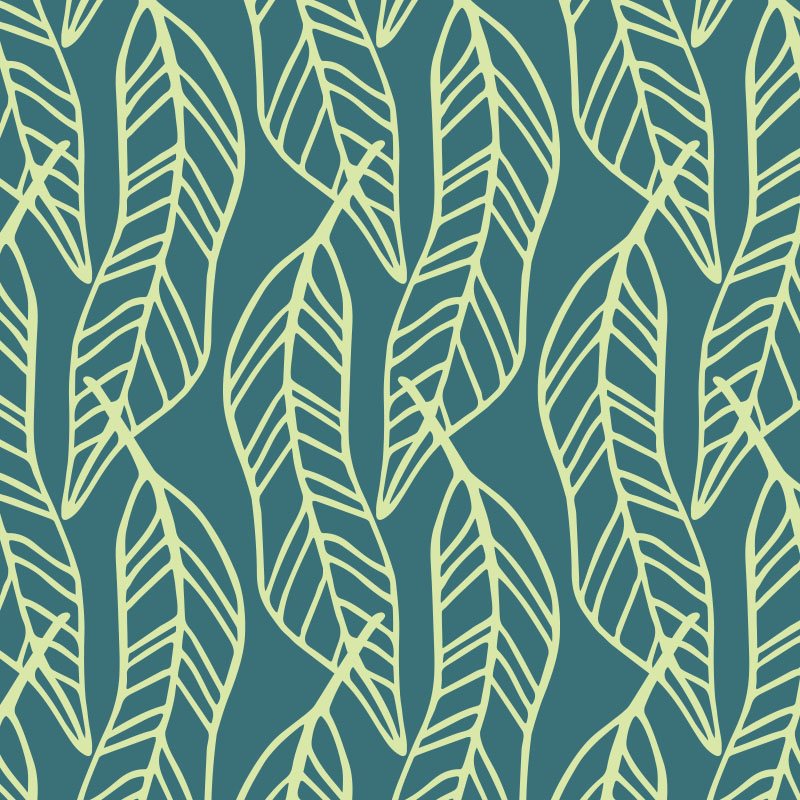
4-Way Mirror (Turn-Over) PATTERN Repeat
A 4-way mirror repeat is created by duplicating and reflecting the original motif horizontally and then duplicating and reflecting both vertically. The four motif tiles now form one larger repeat tile, which you then treat as a full drop repeat.
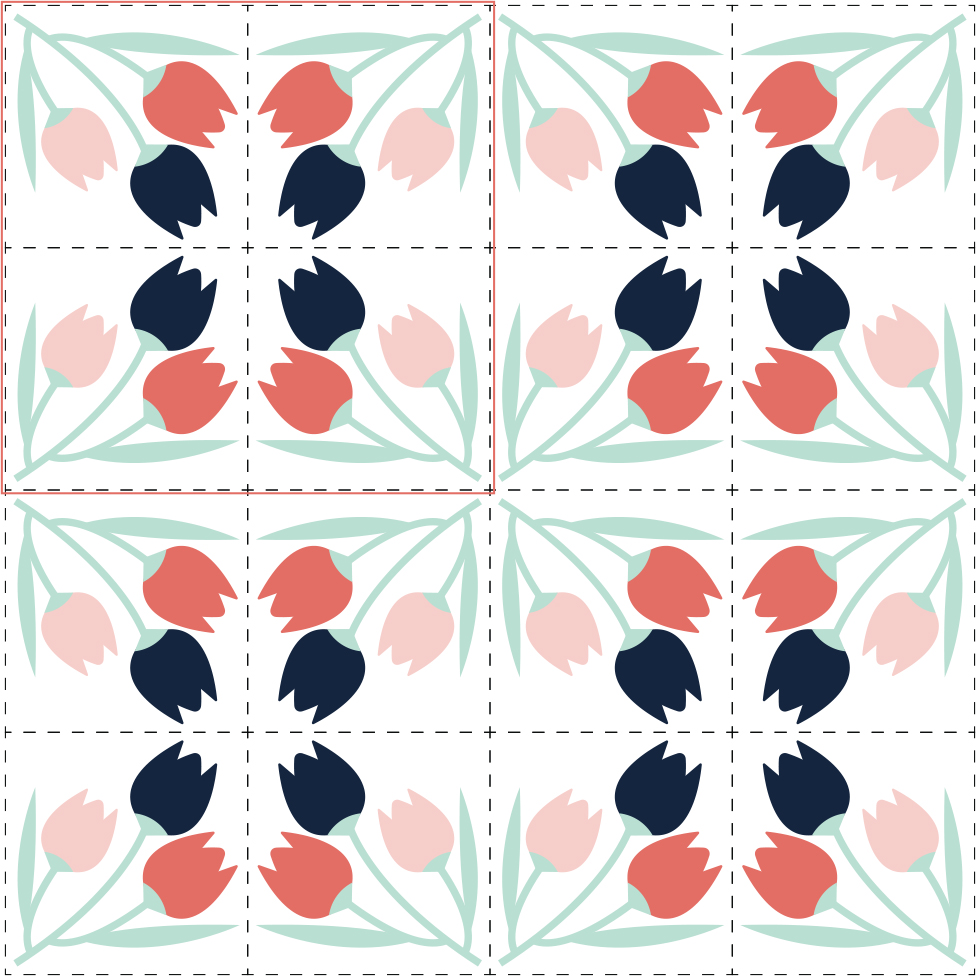
Examples



PRO TIP - CREATE a Continuous Repeat
There are many challenges to designing fabric, but creating seamless repeat patterns can be quite a task. Once we understand how the process works, it becomes quite a simple task.
It's all about the edges.
To make your pattern appear seamless and undetectable, think about the edges.
To ensure the pattern repeats seamlessly, make sure that the top edge of your fabric matches up with the bottom edge. And make sure that the left side of your fabric matches up with the right side of the fabric.
That's all there is to remember.
Creating continuous repeats can be accomplished through various methods, the easiest of which is to have nothing on the edges. If there's nothing on the edges, then your pattern is guaranteed to repeat seamlessly. However, the space between the tiles can create visible horizontal and vertical lines. Sometimes a half drop repeat or half-brick repeat can fix this.



Let's take it up a notch.
Overlap a motif on one edge of the tile, make a copy, and put it in the same position on the other side of a tile. Do this horizontally and vertically until you fill in all the empty spaces.



Now it's time for you to give it a try! Get familiar with the process, and you'll soon be on your way to designing repeat patterns that are both seamless and undetectable!